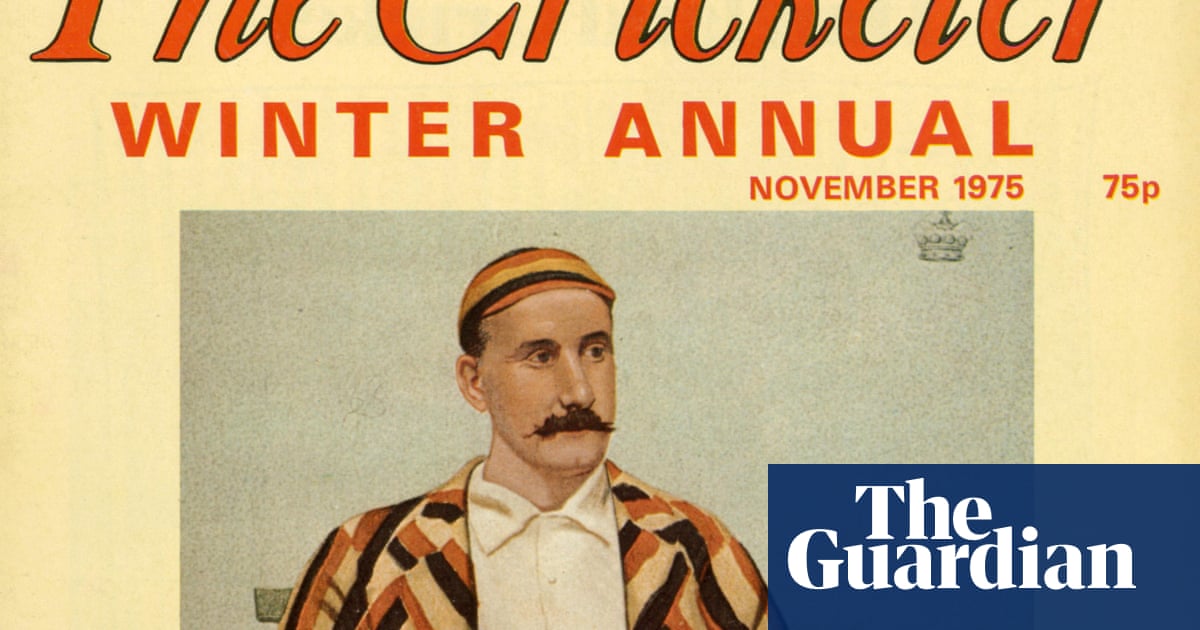The Cricketer magazine, a 104-year-old monthly publication that has been edited by some of the game’s most notable grandees, is searching for a new owner.
The title was founded by the former England captain turned cricket writer Sir Pelham “Plum” Warner in 1921, who remained involved until his death in 1963. Other editors have included some of the best known names in cricket writing and broadcasting, includingEW Swanton,Christopher Martin-JenkinsandDavid Frith.
The current shareholders of the title’s holding company Test Match Extra.com – who include the Conservative peer Lord Marland, the former Morrisons supermarket director Neil Davidson and the Martin-Jenkins’ estate – are believed to be searching for buyers who can increase investment in the business, particularly its digital products.
The hunt for a new owner is understood to follow previous unsolicited approaches to acquire the company and comes at a pivotal moment in the financing of the game. In February, the England and Wales Cricket Boardraised more than £520mby selling a stake in each of the eight teams competing in the Hundred, with the proceeds from the sale of shares in English cricket’s answer to the Indian Premier League to be injected into the professional and recreational game. Meanwhile, there have beensigns of a renaissance for cricket in the US.
Apart from its monthly magazine, which claims a readership of 136,000, the company also owns a string of other businesses. They include an amateur cricket competition, the National Village Cup, which the magazine founded in 1972; a directory of schools cricket called the Schools Guide; a statistics database, Cricket Archive; and an editorial website, thecricketer.com, which the company says attracts about 800,000 unique visitors a month.
The overall business claims to have roughly broken even in 2024 and has budgeted for a small profit of about £50,000 in 2025, according to a presentation seen by the Guardian.
While the collection of assets represents a small business with revenues of about £1.3m, the brand name is known throughout the cricketing world and has a storied history.
Warner, who still has a stand named after him at Lord’s and is perhaps best known as the manager and critic of the infamous1932-33 Bodyline Ashes tour to Australia, remained as editor until 1961. The magazine was bought by the American publishers Mercury House in 1962 at the instigation of its employee Ben Brocklehurst, a former amateur captain of Somerset.
Brocklehurst subsequently acquired the title from his employer a decade later having beentold to close it and make 40 redundanciesas it was not considered profitable enough for the American owners.
Sign up toThe Spin
Subscribe to our cricket newsletter for our writers' thoughts on the biggest stories and a review of the week’s action
after newsletter promotion
His innovations included the Village Cup, as well as less enduring competitions such as the European Cricketer Cup, which was once won by Germany at Worksop college.
The day after that victory, the Germans played MCC at Lord’s, when the England footballer Gary Lineker opened for the home team and was dismissed for a single. The striker was then said to have commented: “I always score one against the Germans.”
